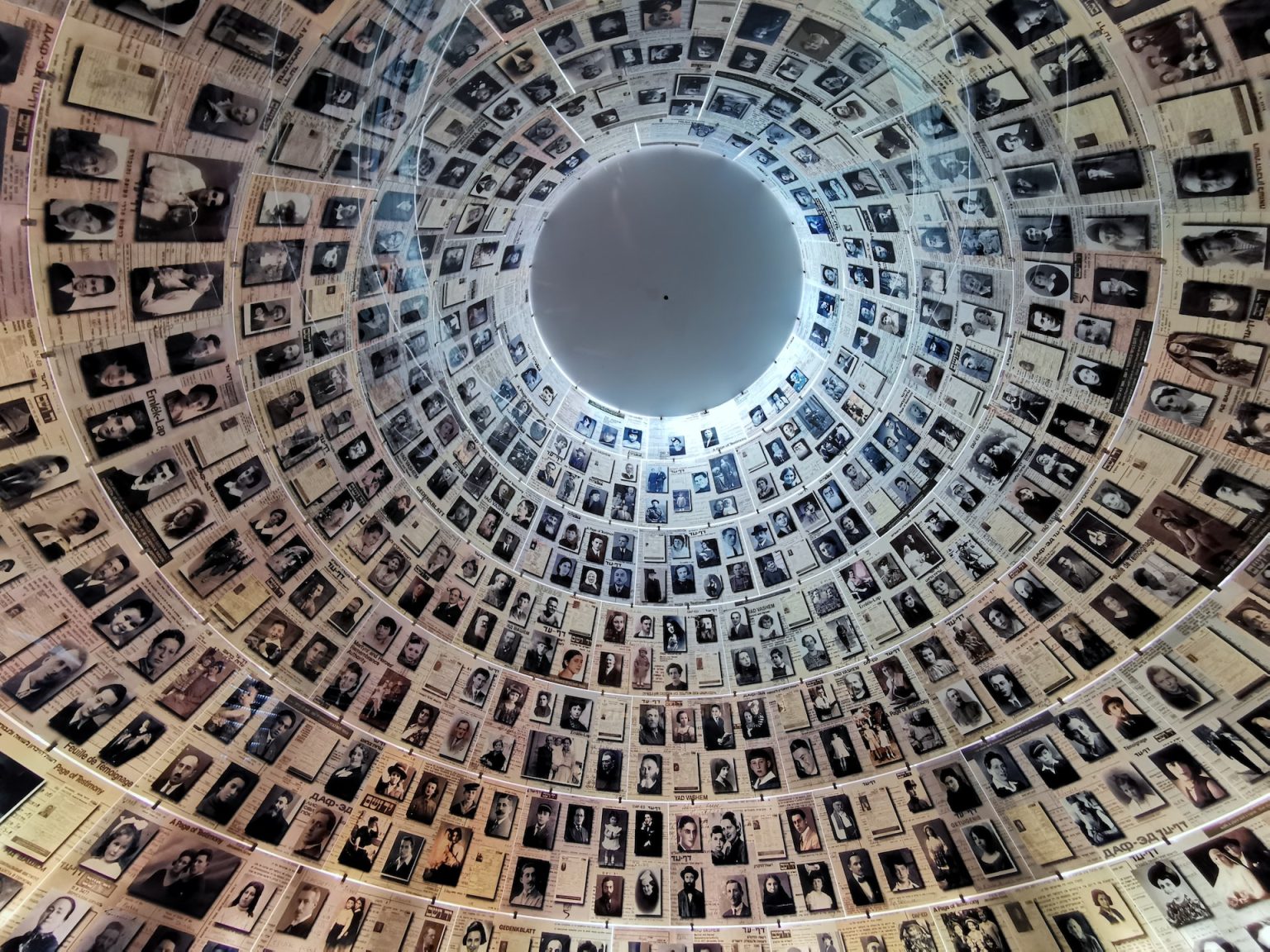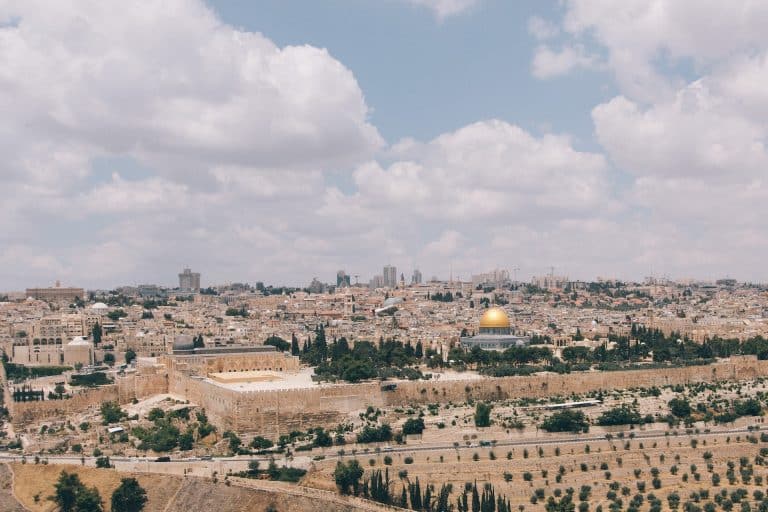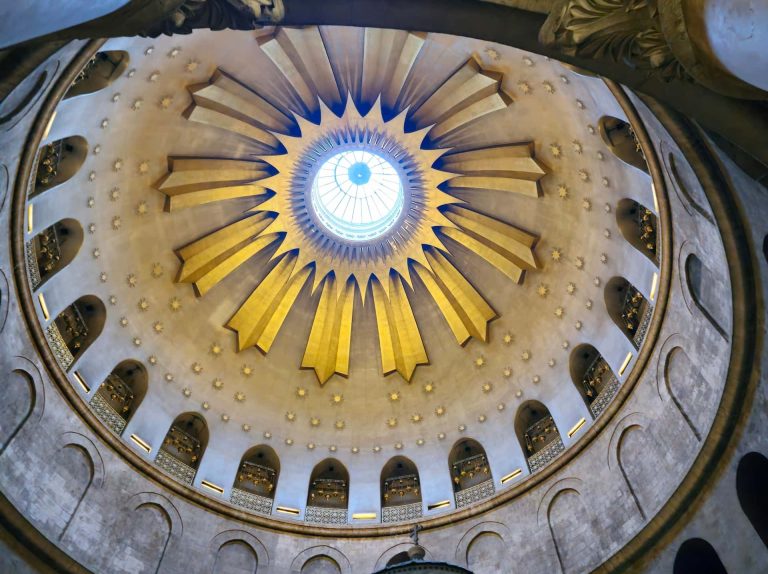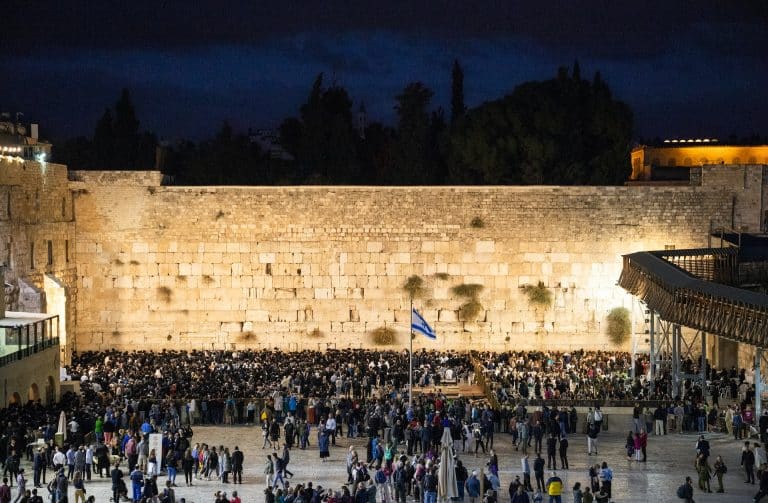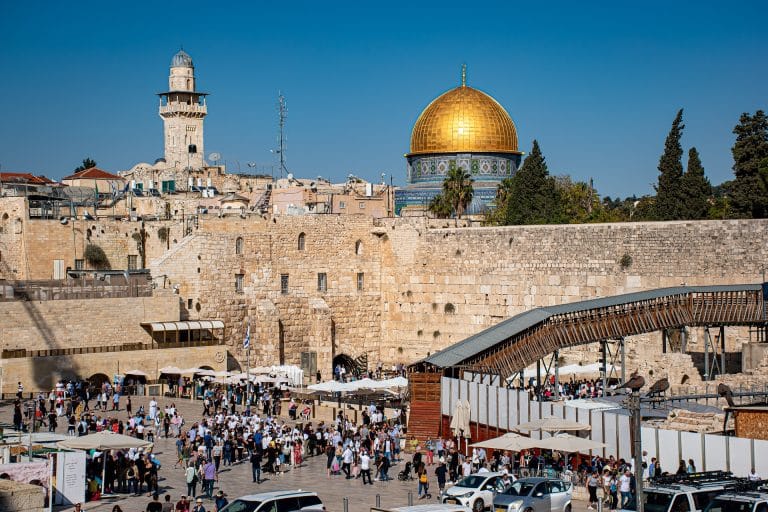Yad Vashem Museum, located in the western part of Jerusalem, is Israel’s official memorial for the victims of the Holocaust. While a visit to Yad Vashem can be rather difficult and emotional, it is also a fascinating site, commemorating the victims and the heroic acts of so many people during those horrific times. Here, you will find the most important things to know for your visit to Yad Vashem.
Yad Vashem Museum
Covering approximately 4,200 square meters, the Holocaust History Museum is a significant structure that is mostly underground. This multidisciplinary and interdisciplinary museum offers a distinctively Jewish perspective on the Holocaust, intertwining original artifacts, documents, testimonies, films, diaries, letters, and artworks. By emphasizing the personal narratives of the victims, Yad Vashem Museum provides a multi-sensory experience, allowing visitors to engage with an abundance of information from various dimensions.
The architecture of Yad Vashem
Yad Vashem is built in an arrow-like linear structure – 200 meters long – which penetrates the mountain from one side and exits from the other. Daylight enters from above from the top of the prism, through a strip of glass that cuts the mountain ridge. Galleries depicting the complexity of Jewish life in this dark period branch out from the arrow-shaped corridor.
Finally, the dramatic exit from the museum, at the end of the arrow, erupts from the northern slope of the mountain to the view of present-day Jerusalem. Integrating the experiential dimension into the design of the museum is done through many varied means, like the creation of unique environments for the various focal points of the story, the use of the space to create a comprehensive experience that envelops the visitor and illustrates the time, the place and the atmosphere, and the use of different means of lighting to emphasize unique themes of the story.
Visiting Yad Vashem
Second World War history
The first part of the main Yad Vashem Museum starts with a tour through history. First, it displays the life of Jews in Europe before 1933, then it proceeds to show the rise of the Nazi Party in Germany. After that, you’ll see displays and galleries about many of the horrific events of the Holocaust, including several testimonies and stories from diaries of Jewish people who were murdered by the Nazis. It shows the different techniques which the Nazis used to murder the victims and the horrific life conditions in the ghettos.
After that, you’ll see several displays about the resistance to the Nazis, including the Warsaw Ghetto Uprising, the heroic acts of the Righteous Among the Nations, and the Jewish Partisans. Then, the next galleries tell the stories of the end of the Second World War, and the life of survivors after their liberation.
The Hall of Names
Situated at the edge of the primary museum, the area of memory and communion in the Hall of Names, which includes the names of more than 3 million victims, is considered to be the most striking and emotional part of the tour in Yad Vashem. It consists of two interconnected cones, one nestled within the earth and the other ascending towards the sky. Within the skyward-facing cone, you’ll see countless portraits of Holocaust victims, set against a backdrop composed of testimonial pages.
The sunken cone, extending ten meters in length, boasts an unpolished, rugged exterior crafted from the exposed bedrock discovered during excavation. The convergence of these opposing cones gives rise to a circular space, featuring a raised platform at its center. From this platform, visitors can gaze upward and witness the countenances of the victims peering down upon them, while below, the earth and rocks remain visible. Some liken this structure to an everlasting memorial flame, perpetually illuminating the memory of those lost, while others perceive it as a profound well excavated deeply within the earth, from which the cries of the victims reverberate and their faces are reflected.
The Museum of Holocaust Art
The Holocaust Art Museum, situated near Hope Square in Yad Vashem, was officially opened in 2005. Within the museum, there is a permanent exhibition featuring nearly 130 art pieces that were crafted either during the Holocaust or before the war, by artists who tragically fell victim to the Holocaust.
The majority of the artworks showcased in the Yad Vashem Art Museum were produced in ghettos, camps, forests, or hideaways. They serve as poignant testimonies to the daily life during the Holocaust while offering glimpses into the artists’ inner worlds. Despite the adverse living conditions and the constant struggle for survival, these resourceful artists managed to overcome the scarcity of painting materials. Through their paintings, they conveyed their bravery and unwavering determination to persevere, despite the challenges they faced.

